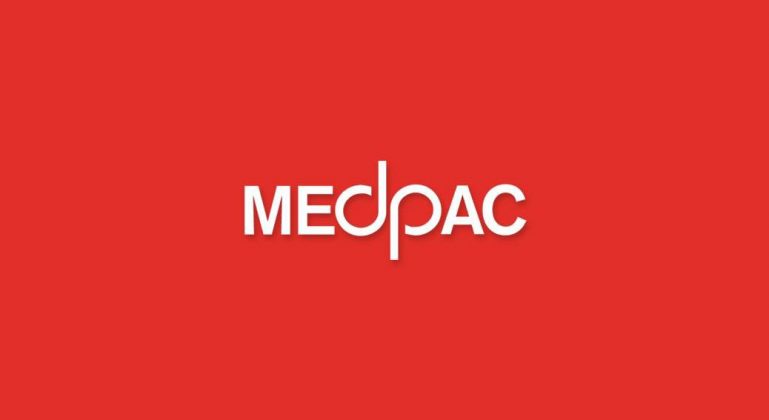Annually in June the Medicare Payment Advisory Commission (MedPAC) reports on issues affecting the Medicare program as well as broader changes in health care delivery and the market for health care services. Below are some of the highlights from this year’s report.
In regards to Value Based Payment (VBP), the Commission states that the Medicare program must continue to move away from traditional fee-for-service payment model and develop new payment models that promote the use of VBP.
Medicare accountable care organizations (ACO’s) are groups of providers that voluntarily take responsibility for the cost of a group of beneficiaries assigned to them. If an ACO can reduce spending for its beneficiaries below a target amount Medicare shares those savings with the ACO. These savings could be in jeopardy by unwarranted shared savings payments stemming from patient selection. To reduce unwarranted shared savings payments, the Commission recommends moving beyond the use of taxpayer identification numbers and determining an ACO’s historical baseline spending using the same set of clinician national provider identifiers used to compute the ACO’s performance year spending.
In 2016, the Commission recommended restructuring the Part D benefit to give plan sponsors stronger incentives to manage enrollees’ drug costs. Since 2016 high priced drugs have been a major driver in Part D spending, leading the Commission to evolve the 2016 recommendations. The commission recommends two major changes; first for spending below the catastrophic threshold to eliminate the manufacturers coverage gap discount. This would apply to enrollees with low income subsidies and remove the coverage gap for LIS enrollees. The second major change is for spending above the catastrophic threshold, it is recommended to impose a manufacturer discount on high cost drugs to reduce incentives to continually raise prices. It is recommended to provide Part D enrollees with greater financial protections by adding an annual cap on enrollees out of pocket costs.
The Commission recommendations to dialysis facilities under Prospective Payment System (PPS) states congress should direct the secretary to eliminate the transitional drug add on payment adjustment for new drugs in the already existing ESRD category. It is also recommended that the secretary replace the current low volume and rural payment adjustments for dialysis facilities with a single payment adjustment for consistently low volume facilities.
The full MedPAC report is available here.




